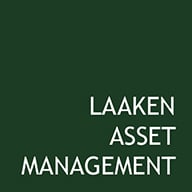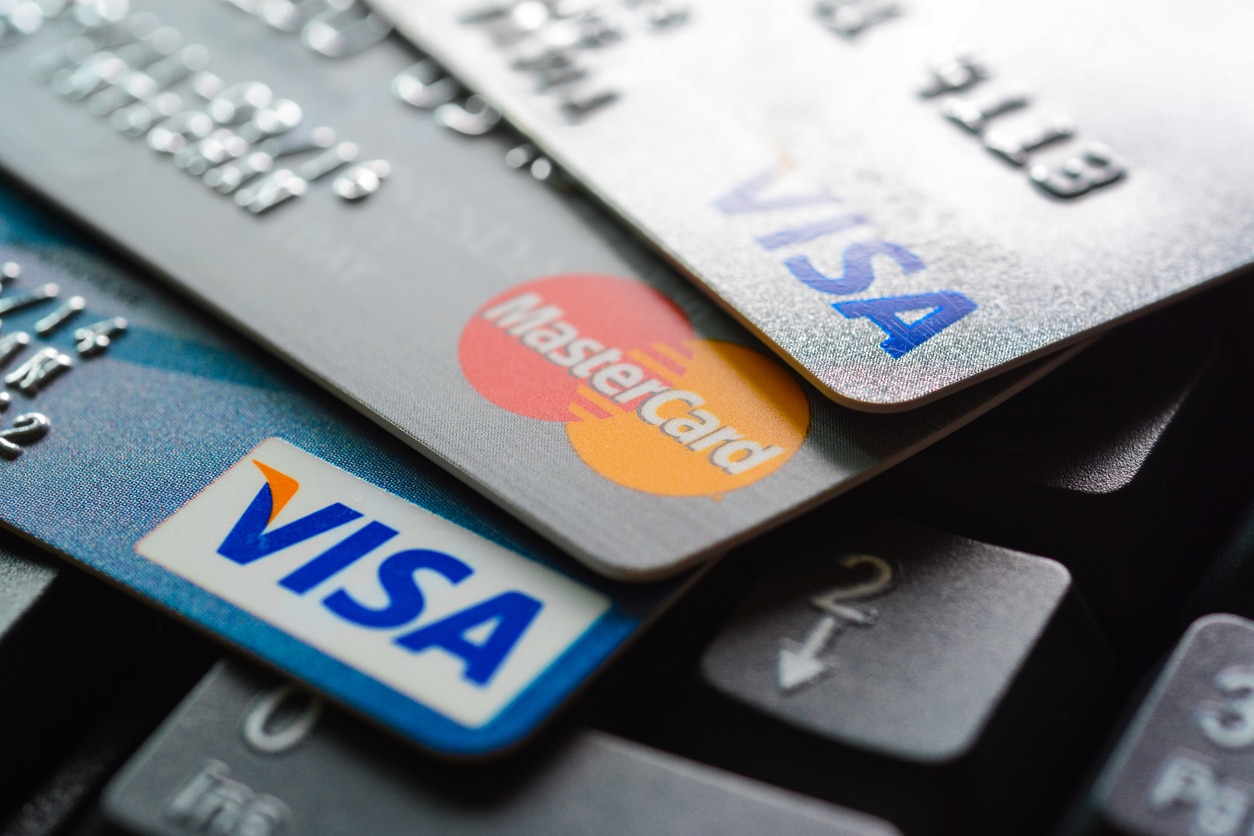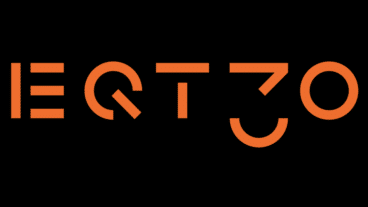Before the 1950s, a typical American consumer had multiple credit accounts. This was inefficient and cumbersome for both stores and consumers. There was a need for consolidation. At that time, there was no uniform financial instrument available to the public. Banks had tried to introduce credit cards, but without success. The Diner’s Club card was available nationwide, but mainly intended for restaurants.
That changed in 1958. Bank of America launched the BankAmericard. It was the first all-in-one credit card. This was introduced with a $300 limit. In the 1960s, Bank of America licensed the BankAmericard to other banks in France (Carte Bleue) and the UK (Barclaycard), among others. The bank quickly realized that the network it had created was difficult to manage within the bank and so National BankaAmericard was born, which was owned by several banks. In the following years, the card profiled itself as the standard in the field of credit, but also debit cards. In 1976 it was renamed VISA. In 2008, VISA went public. VISA is now the largest Western payment card network with a market capitalization of $483 billion. That equates to an average return of over 20% per year for 16 years.
VISA is a typical Laaken investment. The business model is simple, efficient, but almost impossible to imitate. An average of 0.05% is earned on every payment that passes through the VISA network. Buyers and sellers receive a reliable, fast and secure payment network. VISA is responsible for approximately 62% of total credit card traffic in the US and 40% worldwide. The rest of the market is divided between Mastercard, American Express and Discover.
VISA and Mastercard are a duopoly, because retailers often accept both cards. American Express mainly focuses on a more affluent clientele. In addition, VISA competes mainly with physical money. In the Netherlands people are used to debit cards and IDEAL, but this gives a distorted picture. We do not have to look further than Germany. The Bundesbank estimated in 2021 that 60% of all purchases were still paid for with physical notes and coins. In the US, 1/3 of purchases are still paid for in cash with banknotes or checks. VISA handles $14 trillion in annual payments. The total consumer market is approximately $30 trillion. In addition, VISA also introduced B2B payments, which represents a $120 trillion market.
Valuation
We view VISA as a tax on consumer and business expenses. Because a percentage of the expenditure is received, the share offers inflation protection. After all, a 10% increase in average prices is automatically passed on. VISA has consistently grown faster than the economy. Sales has grown more than ten percent annually since their public listing. We expect VISA to be able to maintain this through a combination of economic growth, inflation and penetration of card transactions at the expense of physical money. Ten percent revenue growth with a relatively fixed cost base translates into 12-15% profit growth per year. VISA currently trades at 24 times expected earnings with hardly any debt on the balance sheet. The company converts 100% of its profits into free cash flow. This cash flow provides both dividends and share buybacks. We find this valuation attractive for a company with such a unique position in payments.
Risks
The main risk right now is FedNow. In the US, the Federal Reserve launched FedNow, an alternative payment network, in July. The costs of this network are lower than the Visa network. It is still uncertain what the adoption of this network will be. However, this is not the first time an alternative has been offered. In 2017, 25 US banks, including Bank of America and Citi, launched the Real-Time-Payments (RTP) network. However, adoption was low, mainly due to limited fraud control and little to no ability to reverse transactions.
Fintech
Fintech is often seen as a risk for VISA. Buy-now-pay-later such as Klarna and Paypal received widespread media attention in 2020 and 2021. Investors dreamed of a new world without credit cards. However, we do not see Fintech as a risk. These innovations usually run through the VISA (or Mastercard) network and facilitate card payments. Since 1958, no one has managed to replace the VISA network. The costs of building a competitive network are high and gaining the trust of so many consumers is nearly insurmountable.
Irreplaceability is a big reason why we prefer VISA over other firms in the payment valuechain, such as Adyen. Unlike VISA’s duopoly, competition consists of more than fifteen players in the payment processing/gateway step. In Europe, companies such as Uniqlo choose Adyen, because Europe has a relatively complex payment system with multiple checks, currencies and regulations. However, that is not the case in the US. In the US there is stiffer competition from emerging players such as Stripe and Braintree (Paypal). Adyen charges higher costs than its competitors because, in the words of management, the company provides better service. We cannot judge how much better the product is than that of the many competitors. As far as we are concerned, that is also the big question, especially when the shares were trading at 100x expected earnings in 2020 or 60x at the beginning of this year, and even 30x at the time of writing. We believe it is too uncertain to assume 30% annual turnover growth and margin expansion, simply because Adyen management says so and has achieved it before 2023.
ESG
Clarity.AI, our ESG data provider, gives VISA an ESG score of 70, well above average. VISA’s goal is to digitize payment transactions. This indirectly reduces emissions through less transport of notes and coins. Digital payments are also less susceptible to fraud, which helps prevent crime.







